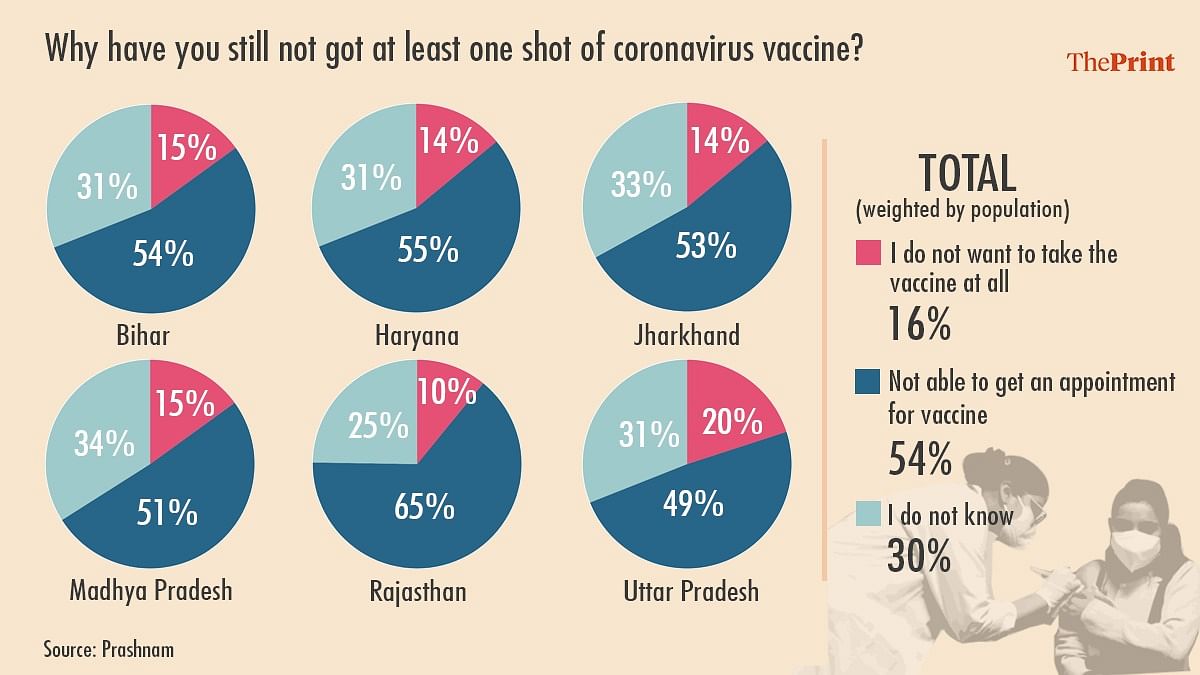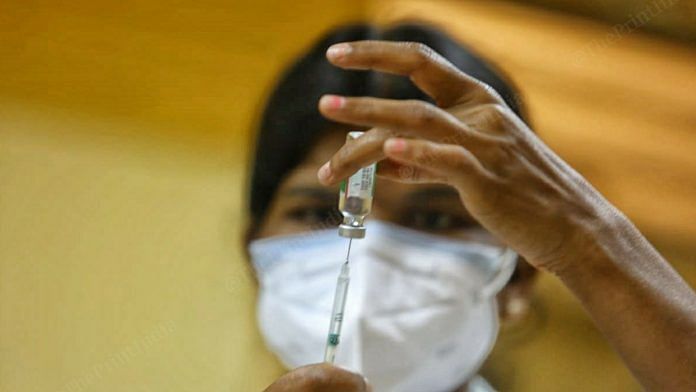Nearly 15 per cent of all Indians have received at least one dose of the Covid-19 vaccine, according to official figures from CoWin. Countries such as the United States, Canada, Italy, United Kingdom, among others have had more than 50 per cent of their people vaccinated with at least one dose. For a country to feel somewhat safe and reopen fully, it is expected that at least half of its population should have received at least one dose. It is imperative that countries open as quickly as possible to revive economic activity and save livelihoods. But India is still a long way from achieving that threshold.
It is well known that India has had a huge vaccination supply problem. There is a severe shortage of vaccines, which is limiting inoculation rates in India. The Narendra Modi government has recognised this and announced changes to its vaccine procurement policy as well as boost supply through imports. This will help tremendously in accelerating India’s pace of vaccination.
But there are also concerns raised about vaccine hesitancy. Will people come out in large numbers to get themselves vaccinated once supply constraints are removed or will there still be resistance to vaccines despite a brutal second wave? Prashnam decided to find out.
Using the same set of six Hindi states – Bihar, Haryana, Jharkhand, Madhya Pradesh, Rajasthan, Uttar Pradesh – that Prashnam had used as a reference for the previous two surveys, we decided to find out why are people still not vaccinated. Specifically, we asked one question to 4,704 non-vaccinated adults in these states, covering all districts and assembly constituencies.
Why have you still not got at least one shot of coronavirus vaccine?
a.) I do not want to take the vaccine at all
b.) Not able to get an appointment for vaccine
c.) I do not know
Expectedly, a majority, 54 per cent, said they have not been vaccinated yet because they have not been able to get an appointment. However, a significantly large percentage of people, 46 per cent, said either that they do not want to take the vaccine at all or refused to answer the question. 15 per cent explicitly said they do not intend to get vaccinated.

Given the shortages in vaccine supply, one would have thought that those that have not yet been vaccinated would have cited lack of appointments as the main reason. But, as the survey shows, the percentage of people who seem hesitant or agnostic to vaccines is extremely high and can potentially be an issue for India’s vaccination progress in the weeks and months to come. Uttar Pradesh has a significantly higher vaccine hesitancy issue than the other states in this survey.
Given the huge following and trust that Prime Minister Modi enjoys among people, particularly in these states, perhaps he will be able to goad and coax these people to shed their scepticism about vaccines and implore them to get vaccinated.
Respondents’ profile: 4,704 adult Indians responded to this survey. They were from six states — Bihar, Haryana, Jharkhand, Madhya Pradesh, Rajasthan, Uttar Pradesh belonging to 229 districts. 68 per cent were male and 32 per cent female. 56 per cent were youth (<40 years), 32 per cent middle-aged and 12 per cent seniors (>60).
Prashnam, in keeping with its principles of transparency and integrity, makes available the entire raw data of this survey for analysts and researchers to verify and analyse further.
(Edited by Anurag Chaubey)






